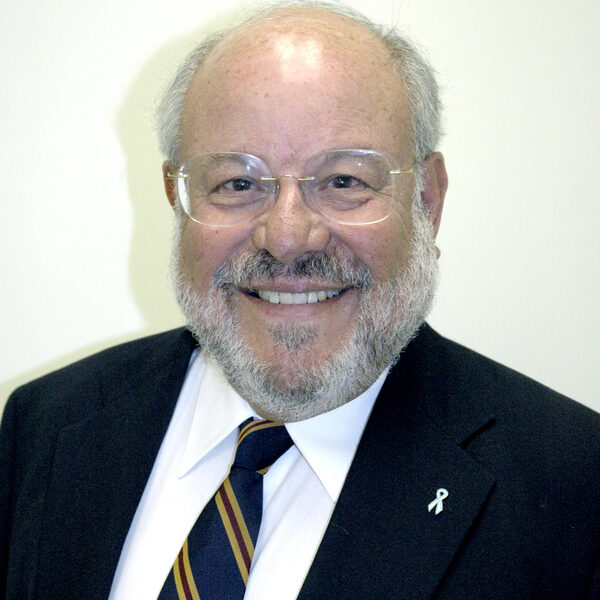
Suffolk County is nuclear-free — none of the seven to 11 nuclear power plants proposed for the county became a reality — after decades of intense grassroots and governmental opposition.
A key element was Suffolk County and New York State determining, after an extensive study, that a successful evacuation would be impossible in the event of a major nuclear power plant accident at the first nuclear plant built here, at Shoreham.
Thus, Suffolk County and state governments refused to draw up and agree to implement a federally required evacuation plan. The Shoreham plant was scuttled.
But now the U.S. Nuclear Regulatory Commission is in the midst of radically altering its regulations for the new line of nuclear power plants that the nuclear industry is seeking to develop, what it calls “advanced” nuclear power plants.
Two weeks ago, Dr. Edwin Lyman, director of Nuclear Power Safety with the Union of Concerned Scientists, gave a presentation he titled “Guinea Pig Nation: How the NRC’s new licensing rules could turn communities into test beds for risky, experimental nuclear plants.”
The information he presented has received no major media coverage, which is par for the nuclear course. This is why I named my first book on nuclear power “Cover Up: What You Are Not Supposed To Know About Nuclear Power.”
Lyman, who has a doctorate in physics, knows nuclear technology intimately. He joined the Union of Concerned Scientists in 2003. Previously, he was president of the Nuclear Control Institute. He was a postdoctoral research associate at Princeton’s Center for Energy and Environmental Studies. He co-authored the book “Fukushima: The Story of a Nuclear Disaster.”
He explains that the nuclear industry wants nuclear safety standards significantly weakened, because the “advanced” nuclear plants are “much more expensive” than existing plants. And they would be more costly to operate than using energy alternatives, “certainly wind and solar.”
So, the NRC is “accepting on faith” the industry claim that the “advanced” nuclear power plants are “going to be safer and wants to adjust its regulations accordingly, to make them less stringent.”
It’s a demonstration of one of the alternatives that’s been applied as the acronym for the NRC: Nuclear Rubberstamp Commission.
Already, in a decision in July, the NRC moved to allow nuclear power plants to be built in thickly populated areas. For a half century, the NRC sought to have the plants sited in areas of “low population density,” because of the catastrophic accident threat.
The lone NRC vote against the change came from Commissioner Jeffery Baran, who declared: “Multiple, independent layers of protection against potential radiological exposure are necessary because we do not have perfect knowledge of new reactor technologies and their unique potential accident scenarios.”
Under the new policy, noted Baran, a “reactor could be sited within a town of 25,000 people and right next to a large city. For reactor designs that have not been deployed before and do not have operating experience, that approach may be insufficiently protective of public health and safety.”
That is just one of the many reductions proposed in safety standards. The list of them in Lyman’s presentation before the Chicago-based Nuclear Energy Information Service, under the categories of “Cutting corners on safety and security to cut costs” and “What the nuclear industry wants” included, in addition to the already altered siting criteria:
Allowing nuclear power plants to have a “small containment, or no physical containment at all.”
“No offsite emergency planning requirements.”
“Fewer or even zero operators.”
Letting the plants have “fewer inspections and weaker enforcement.”
“Fewer back-up safety systems.”
“Zero” armed security personnel to try to protect an advanced nuclear power plant from terrorists.
Lyman commented: “I could go on and on.”
His PowerPoint included a slide saying that the “NRC is not currently” accepting comments on its plan for changes in its regulations for “advanced” reactors. But, it said, “the public is always free to weigh in” on NRC actions and recommended that people attend any public meetings held on the issue.
Does this mean that in the future there might be a resurfaced push for nuclear power in Suffolk County?
 More Posts from Karl Grossman
More Posts from Karl Grossman